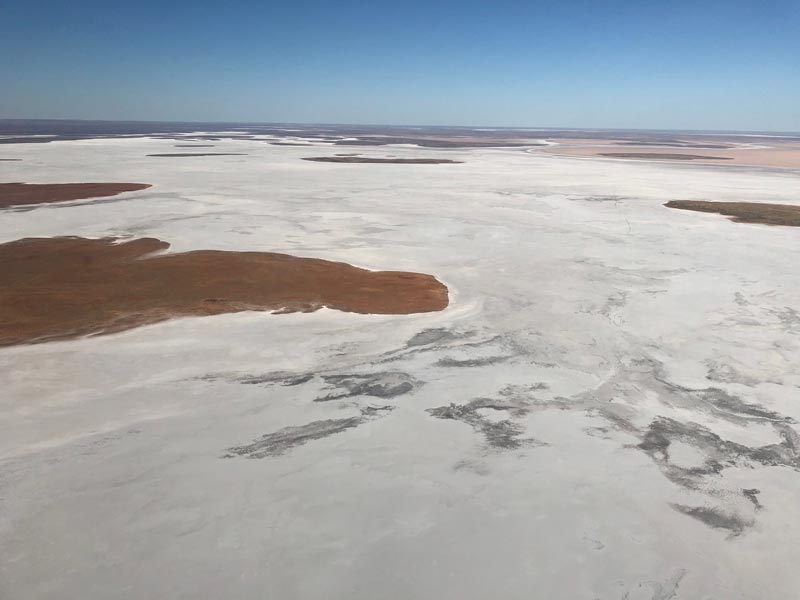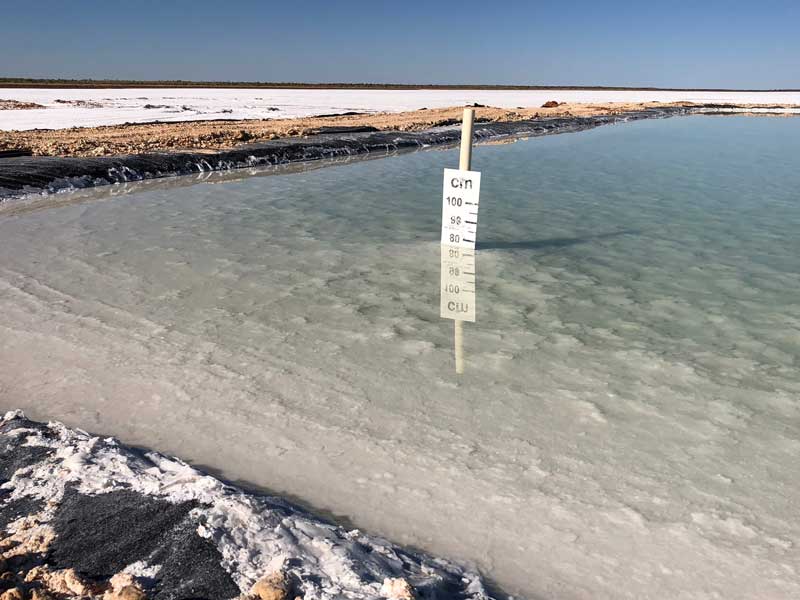Salt Lake announced this morning that it had received binding commitments to place 37.5 million shares at $0.54 each to raise $20.25 million, with the funds to be used to advance construction of its Lake Way Sulphate of Potash (SOP) Project near Wiluna in the WA goldfields.
The company said the placement was led by a consortium of cornerstone investors, including the LionOre founders, which had agreed to subscribe for shares worth $14.25 million.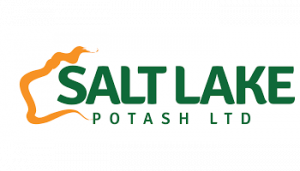
The consortium also includes investors that took early positions in African-focused uranium explorer Mantra Resources. Mantra, which was listed on the ASX, was taken over by Rosatom for $1.02 billion in 2010.
Salt Lake managing director Tony Swiericzuk said the company was “delighted to have attracted such a group of investors at a pivotal time in the rapid development of the Lake Way Project”.
“We intend to collaborate closely with the consortium and expect to benefit substantially from the advice of its members,” he said.
“These are individuals that possess a wealth of management, global finance and project development expertise and bring access to very well established commodities marketing networks.”
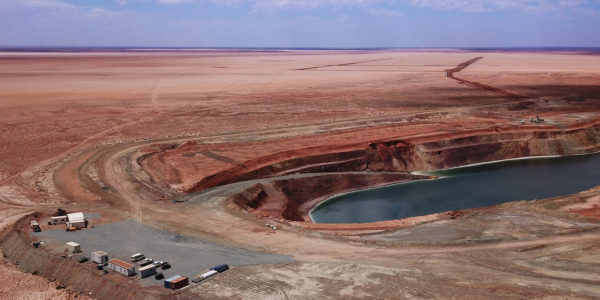
The balance of the placement was taken up by Salt Lake’s largest shareholder, Swiss private bank and asset manager Lombard Odier, which subscribed for shares worth $6 million.
The placement was completed at the same price, $0.54, as Salt Lake shares last traded on the ASX before a trading halt was requested before the market opened on Wednesday.
Upon the resumption of trading this morning, the stock gained 7.4 per cent to $0.58.
At this price, the company has a market capitalisation of about $120 million.
Leading the potash pack
Salt Lake is one of a handful of ASX-listed companies seeking to pioneer the production of SOP, a premium grade potassium fertiliser, from Western Australian salt lakes.
It is well placed to take honours as the first to achieve commercial production, with construction well underway at Lake Way on the country’s first commercial scale on-lake evaporation ponds.

These ponds will have a capacity of 1.8 gigalitres, enough to capture the total measured brine resource in the nearby Williamson Pit.
At 1.2 gigalitres grading 25kg/m3, this is the highest grade brine resource in the country.
Once construction of the ponds is complete, they will allow for the dewatering of the Williamson Pit, a process that will accelerate first production at Lake Way.
Salt Lake owns nine large salt lakes in the northern goldfields and has a long-term plan to develop an integrated SOP operation, producing from several, or all, of the lakes.
Specific uses for the funds from the latest raising include the development of on-lake infrastructure at Lake Way, paying deposits on process plant long-lead items, completion of feasibility studies and general working capital.

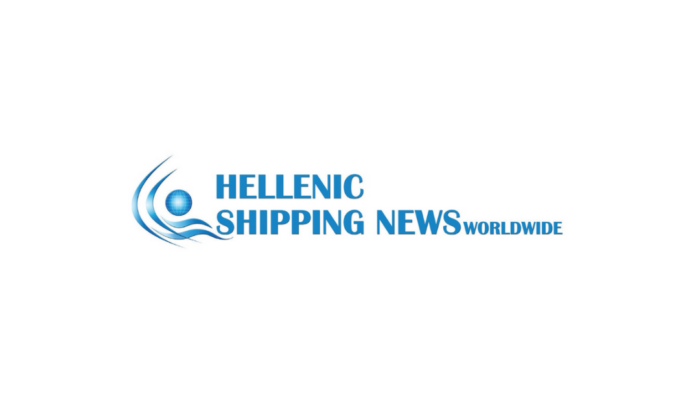


 The Pilbara region of Western Australia is best known for iron ore — and
The Pilbara region of Western Australia is best known for iron ore — and 